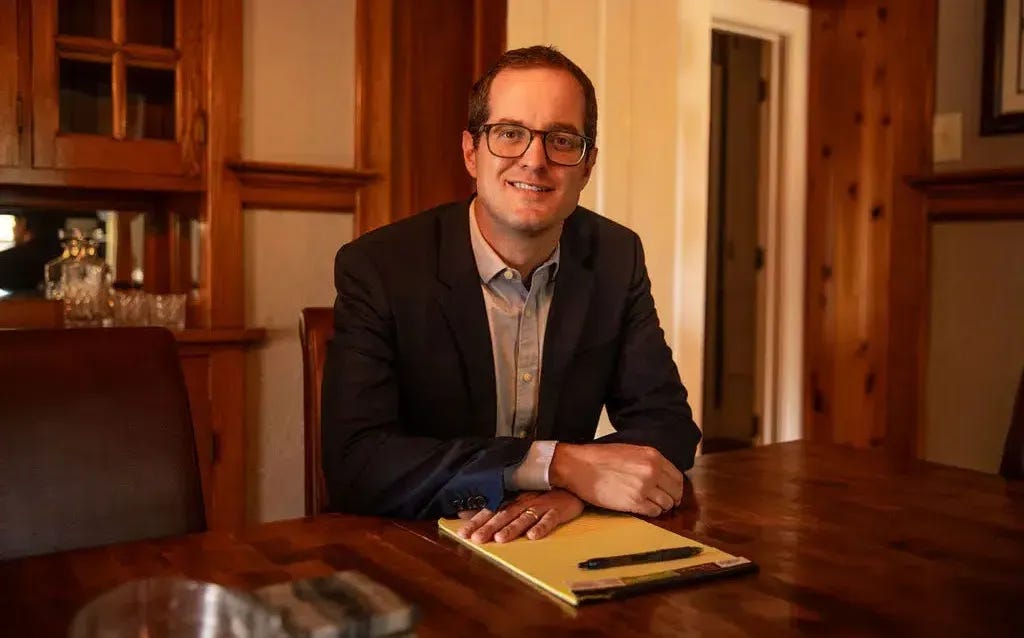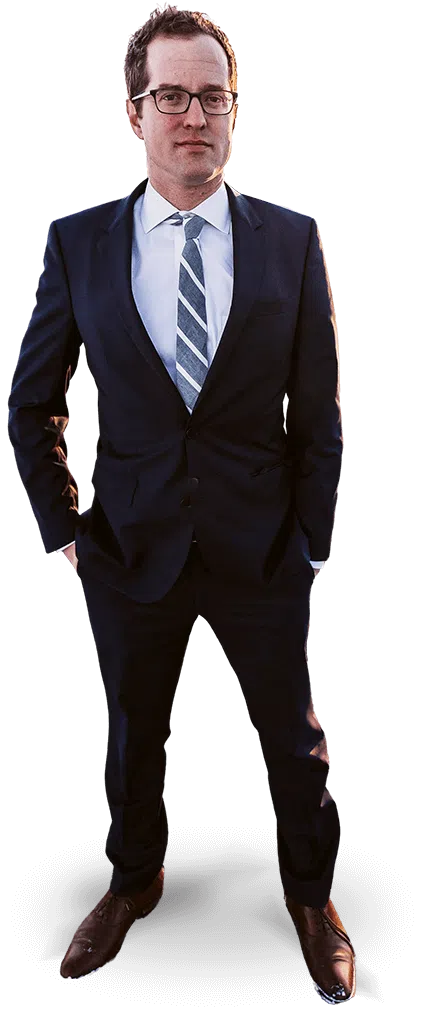Restorative Justice Communication and Solving Difficult Problems
Truth telling, "doing sorry" and transformation
In specific situations, there may be better way to respond to crime than the status quo.
“A question that we are often asked at the National Center on Restorative Justice,” wrote Lindsey Pointer, Ph.D — the associate director at the center — and an assistant professor at the Center for Justice Reform, Vermont Law School, “is ‘how does restorative justice differ from more mainstream approaches to justice-making in the criminal justice system… ?’”
She had an answer.
“Rather than justice as ‘punishment,’ restorative justice conceives of justice as ‘repair’ to the harm caused by crime and conflict,” she wrote.
“Understanding and responding to the needs of each involved party and the broader community is central to the collective creation of a ‘just’ outcome.”
The focus on a deeper level of potential remedy is important if the possibility of success is present, if it can work on the human level with the people involved.
“Restorative justice is a response to wrongdoing that prioritizes repairing harm and recognizes that maintaining positive relationships with others is a core human need,” the Restorative Justice Exchange published on its website.
“It seeks to address the root causes of crime…”
Pointer said, however, that social application is not a fit in all circumstances.
“Of course, restorative justice will not be an appropriate option for all incidents of harm,” Pointer wrote. “It is a voluntary process and both the harmed party and responsible party need to engage willingly. Furthermore, it is only effective when the responsible party is taking responsibility.”
Certain legal situations will show higher levels of opportunity and better odds of success with restorative justice.
“Cases where the harm is personal and emotional, like minor assaults or vandalism,” says Alex Freeburg, the founder and managing attorney at Freeburg Law. “It’s also effective in civil cases, especially when someone’s actions have caused real pain and distress to another person.”
He’s an advocate for it when the process appears like it can offer what is needed.
“The beauty in this approach is that it allows both sides to connect on a human level,” Freeburg says, adding, “That’s when barriers break down and we can step around our pride and ego. More so, when victims can express their feelings and offenders can hear them, it creates a space for healing that traditional legal processes often miss.”

Attorney Parisa Dehghani-Tafti told Ellie Silverman at the Washington Post that the “purpose of the program is to create a safer community with an alternative to incarceration that both reduces recidivism and is healing for victims.”
It’s not an easy road however.
“This whole process is about radical truth-telling, and it’s about taking accountability,” Dehghani-Tafti said. “But it’s also about transformation.
“And transformation really requires the hard work of figuring out: ‘Why did I do this, and what does it take for me not to do it again?’”
Radical truth telling may emotionally come across to defendants as overly aggressive and make some of them highly uncomfortable.
“Radical truth-telling can definitely feel intense,” Freeburg admits, “but it’s also about how we approach it. If we’re soft and create an environment where everyone feels safe to share their truths, without judgment, then it can lead to powerful breakthroughs.”
He adds that it’s about the “how” of the process and communication being where the potential breakthroughs and value most lie.
“You have to frame these conversations as opportunities for growth rather than confrontations,” Freeburg explains. “And it also helps to validate the person, that it’s not a personal attack.”

Pride and defensiveness are well-known landmines. Perpetrators could be triggered when, as Dehghani-Tafti says — the “hard work of figuring it out: ‘Why did I do this, and what does it take for me to not do it again,” — has to take place.
“It’s tough, no doubt,” Freeburg says. “Most people who struggle with pride find it hard to admit their mistakes. It’s a personal blow for them.
“But when they can go beyond themselves and see how their actions have impacted others, it can spark a real desire to change.”
He elaborates about how that can develop.
“They step into a place of empathy and start understanding the emotional toll of what they’ve done,” Freeburg states. “That’s how they find the motivation to grow and make amends.”
There is a big difference, as Dehghani-Tafti communicated, between, “saying sorry” and “doing sorry.” In the story link earlier in this article, the reporter — Silverman — detailed a young man who committed to taking the steps to show and prove that he would do what was asked of him to prove his remorse and receptiveness to learning and improving.
He did “doing the sorry.”
“‘Doing sorry’ means that your actions and words are congruent,” Freeburg says.
“If you talk about making restitution or simply being there for the victim in a meaningful way, you have to show up. Whatever you commit to, you need to follow through on it. It’s about demonstrating that you’re willing to put in the effort to make things right.”
This newsletter normally publishes Tuesday, Thursday and Sunday, with occasional articles on other days. To advertise, sponsor a section of the newsletter or discuss your affiliate marketing program, contact CI.
Publisher’s Note:
”Restorative justice processes should always be guided by well-trained facilitators who first take the time to meet individually with all involved parties,” Pointer wrote, “and determine that no further harm will be caused by bringing those involved together in dialogue.”







